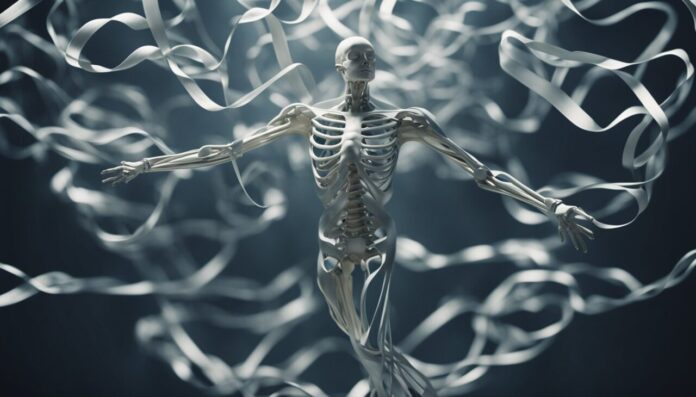
Without bones, humans would be a soft, wobbly pile of skin, muscles, and internal organs. Bones provide support for our muscles, protect our vital organs, and allow us to move.
But what would happen if humans didn’t have bones?
Firstly, without a skeletal system, humans would be unable to stand or move.
Secondly, without bones, humans would be vulnerable to injury.
Additionally, without the structure provided by bones, the body would be more susceptible to injury from external forces, such as falls or impacts.
And so, even though this hypothetical scenario may seem silly it is certainly worth exploring.
That’s what we do here at CuriousMatrix.com – exploring thought experiments and interesting hypothetical questions.
So, let’s dive in.
Deep.
Interesting fact: Some animals, such as jellyfish and worms, do not have bones and are able to move and survive without them.
Anatomy Without Bones

As mentioned, if we (humans) didn’t have bones, our anatomy would be drastically different. Bones provide structure and support to the body, allowing for movement and protection of vital organs. Without bones, the body would be a soft, wobbly pile of skin, muscles, and internal organs.
The lack of a skeletal system would make movement almost impossible. Muscles would be unable to contract and relax efficiently, leading to almost zero mobility and strength.
Additionally, the lack of bones would make it impossible for humans to stand upright and maintain their posture.
Without the protection of bones, vital organs such as the brain, heart, and lungs would be more susceptible to injury.
The lack of a skull would leave the brain vulnerable to damage from even minor impacts. The heart and lungs would also be at a big risk of damage without the ribcage to shield them.
That brings us to our muscular system.
Muscle and Organ Function

Without bones, muscles would have nothing to attach to, and therefore, they would not be able to move the body.
Muscles are responsible for the movement of the body, and they work in conjunction with the skeletal system to provide support and stability.
In the absence of bones, the muscles would be unable to contract and relax, and the body would be paralyzed.
Additionally, the organs would lack the necessary support, and they would be unable to function properly.
For example, the heart would be unable to pump blood efficiently, and the lungs would be unable to expand and contract to facilitate breathing.
Despite the importance of bones, muscles, and organs, they are not the only essential components of the human body. The circulatory system, nervous system, and other systems are also critical for maintaining life.
Without bones, the body would be unable to function properly, and it would be unable to carry out the necessary processes to sustain life.
Interesting fact: The human body has more than 600 muscles, and they make up approximately 40% of the body's weight.
Human Movement and Mobility
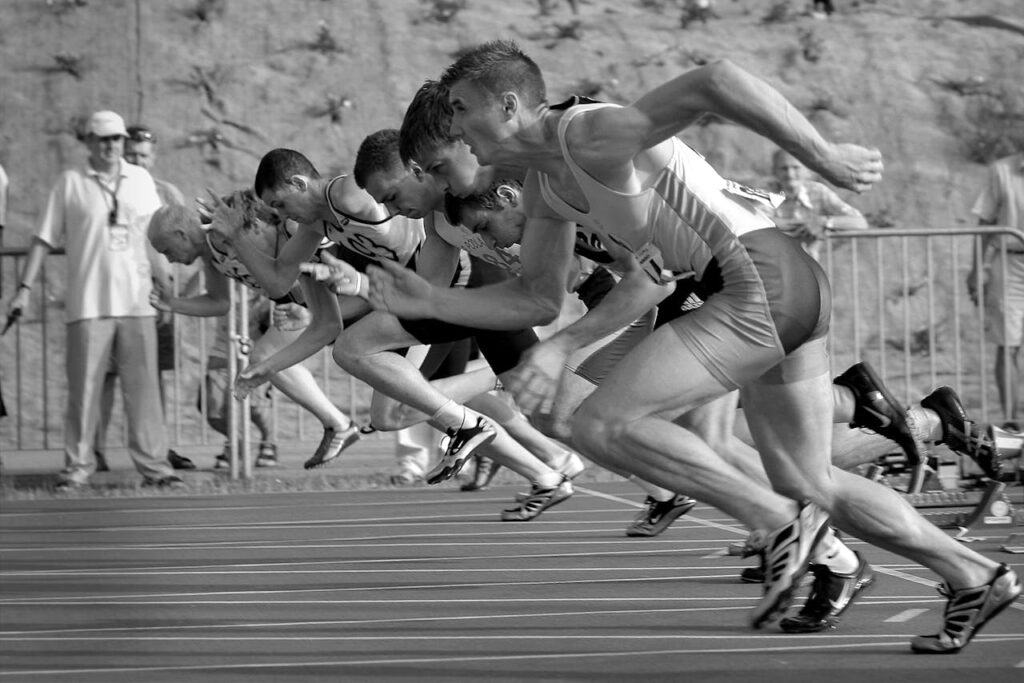
Locomotion
Bones play a crucial role in human locomotion. Without bones, humans would not be able to stand upright, walk, run, or jump.
The skeleton provides the framework for muscles to attach and create movement.
For example, the leg bones (femur, tibia, and fibula) provide support and leverage for the muscles that move the legs. Without bones, there would be no support structure for muscles to attach to, and movement would not be possible.
Interesting fact: The human skeleton is made up of 206 bones.
Dexterity and Coordination
Bones also play an important role in human dexterity (agility) and coordination. The hands and fingers, for example, are made up of many small bones that allow for intricate movements such as typing, playing an instrument, or holding a pencil.
Without bones, these movements would not be possible.
Moreover, bones provide the necessary feedback to the brain to fine-tune movements and maintain balance. The inner ear, which is made up of small bones, plays a crucial role in maintaining balance and spatial orientation.
Without bones, humans would not be able to maintain balance or coordinate movements.
Interesting fact: The smallest bone in the human body is the stapes bone in the ear.
Evolution and Bones?
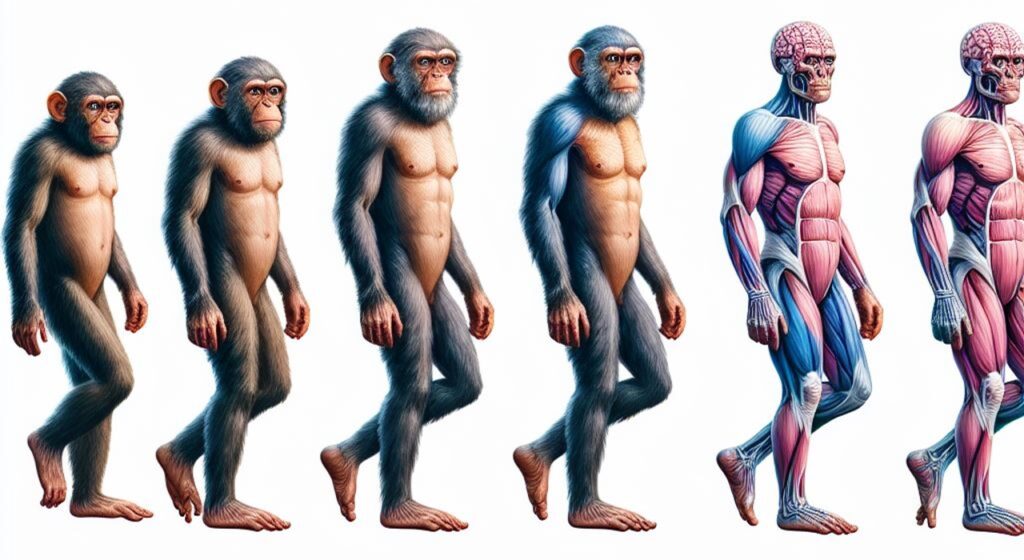
Human Evolution
The evolution of the human species is closely tied to the development of the skeletal system. The emergence of bipedalism, or walking on two legs, was made possible by the evolution of the human pelvis and the femur bone, which allowed for greater stability and mobility.
Without bones, the human species would not have been able to evolve in this way and may not have even existed.
Furthermore, the evolution of the human brain was made possible by the development of the skull and the protective role of the cranial bones.
The human brain is one of the most complex and important organs in the body, and without the protection of the skull, it would be vulnerable to injury and damage.
Interesting fact: The oldest known hominin fossil with evidence of bipedalism is Sahelanthropus tchadensis, which lived over 6 million years ago.
Predation and Survival
The skeletal system also plays a crucial role in predation and survival. Bones provide the framework for muscles to attach, allowing for movement and mobility.
Without bones, organisms would be unable to move and would be easy prey for predators. Additionally, bones provide protection for vital organs, such as the heart and lungs.
For example, the ribcage protects the heart and lungs from damage, while the skull protects the brain. Without these protective structures, organisms would be more vulnerable to injury and death.
Interesting fact: Some animals, such as sharks, have a cartilaginous skeleton instead of a bony skeleton, which allows for greater flexibility and maneuverability in water.
Daily Life and Challenges

Self-Care
Without bones, basic tasks such as standing, sitting, and walking would become impossible. A person without bones would be a soft, wobbly pile of skin, muscles, and internal organs, so they might look something like a very large slug.
Due to the lack of skeletal structure, the person would have to rely on external support to maintain their shape. They would need to use cushions, pillows, or other soft surfaces to support their body. They would also need to be careful not to put too much pressure on any one area of their body to avoid injury.
In addition to the difficulty of movement, self-care would also be a challenge. Brushing teeth, combing hair, and even bathing would require assistance.
Without the ability to hold objects and manipulate them with precision, even simple tasks such as eating and drinking would be challenging.
All in all, we would surely look disgusting.
Social Interaction

Social interactions would be affected in several ways for a person without bones. They would be unable to stand or sit upright, which would make it difficult to engage in face-to-face conversations.
They would also be unable to use traditional seating arrangements such as chairs and benches, which could make them feel isolated from others.
Imagine what that would look like. Hundreds of human-like slugs trying to dance at 4 AM in some dark underground club.
And what about sex?
Oh, let’s better not go there.
Imagining boneless humans having sex is like trying to solve an algebra equation by chewing bubble gum.
Horrible!
Interesting Fact: Some animals, such as snakes, have a flexible skeletal system that allows them to move in ways that would be impossible for animals with rigid bones.
Architectural and Design Changes
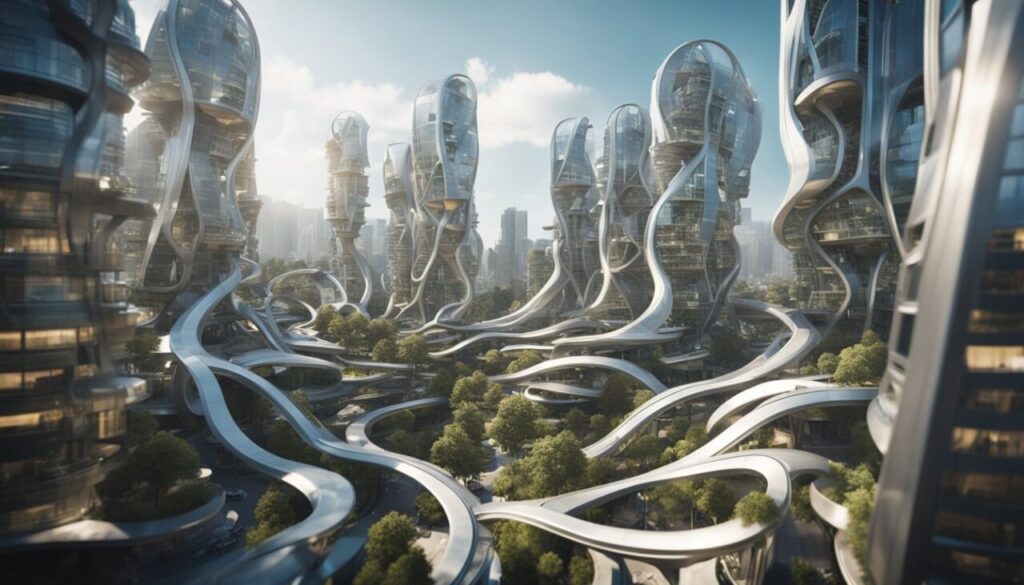
Living Spaces
If humans didn’t have bones, it would drastically impact the way people design and build living spaces. Traditional architecture relies heavily on the strength and support of bones to create sturdy structures.
Without bones, architects and designers would need to find new ways to create stability in buildings.
One solution could be to use materials with similar properties to bones, such as carbon fiber or Kevlar.
These materials are incredibly strong and could provide the necessary support for structures.
Alternatively, architects could design buildings that are more flexible and able to shift and bend with movement.
Furniture

Furniture would be completely different in a world with boneless humans. Every part of our standard furniture would be completely changed.
For example:
1. Supportive and Enveloping Designs:
Furniture would need to provide full-body support, much like a hammock or bean bag, to accommodate the lack of a rigid skeleton. Chairs, beds, and sofas would likely have enveloping and contoured shapes to cradle the body and distribute weight evenly.
2. Soft and Padded Materials:
The materials used would be extremely soft and well-padded to avoid injury. Memory foam, gel, and other cushioning materials would be prevalent. The emphasis would be on comfort and gentle support rather than firmness.
3. Adjustable and Adaptive Structures:
Furniture might incorporate adjustable and adaptive features to cater to different body shapes and postures. Flexible, modular designs would allow for customization and changes in posture throughout use.
4. Reclined and Horizontal Orientations:
Since maintaining an upright posture would be challenging, furniture would likely favor reclined and horizontal orientations. Chairs might resemble lounge chairs or recliners more closely than traditional upright chairs. Beds could have various segments to support different parts of the body.
5. Ergonomic and Therapeutic Focus:
With a focus on reducing strain and supporting mobility, ergonomic design would be crucial. Furniture might include elements typically found in therapeutic or medical settings, such as adjustable supports, built-in massagers, and temperature control features.
6. Low to the Ground Designs:
Furniture could be designed to be closer to the ground to make it easier to get in and out of without the need for strong limbs or core muscles. This could include low-profile sofas, floor cushions, and low beds.
7. Flexible and Elastic Frameworks:
The underlying structure of the furniture might use flexible and elastic frameworks, such as tensioned fabric or inflatable components, to provide dynamic support that can adjust as the user moves.
8. Incorporation of Restraints or Supports:
To assist with stability, furniture might incorporate gentle restraints or additional supports. For example, chairs might have harnesses or gentle strapping systems to keep users from sliding or collapsing.
9. Integration with Technology:
Furniture could integrate with technology to monitor and assist with posture and support. Sensors and actuators might automatically adjust the furniture’s shape to provide optimal support based on the user’s position and pressure points.
10. Organic and Biomimetic Designs:
Furniture could take inspiration from natural forms and structures, mimicking the fluid, flexible characteristics of soft-bodied organisms. This would lead to designs that are not only functional but also aesthetically organic and harmonious.
Interesting huh?
Cultural and Societal Impact
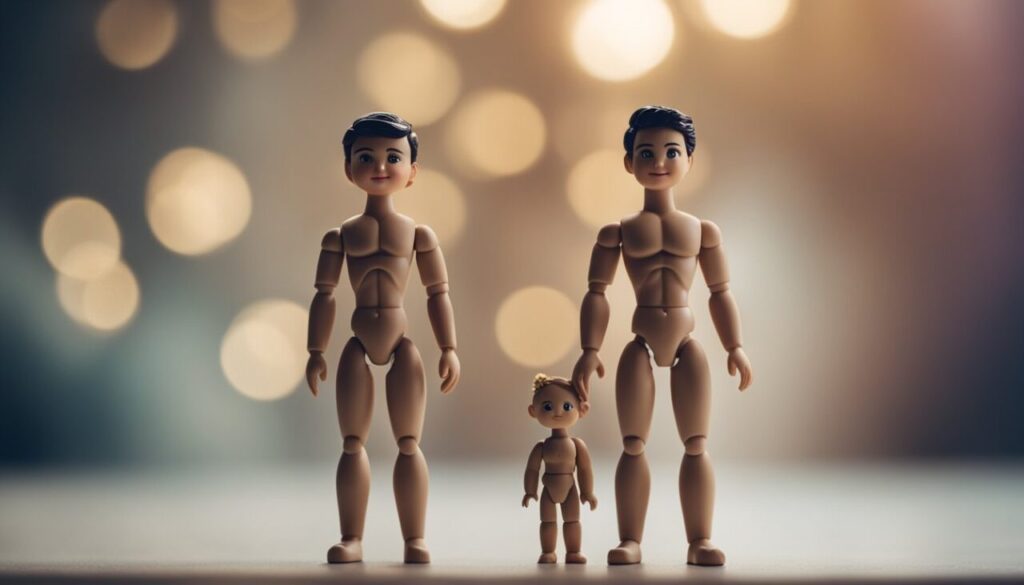
The absence of bones would have a significant impact on the way humans move and interact with the world. Simple tasks such as standing, walking, and grasping objects would be nearly impossible without a rigid structure to support the body.
This would result in a significant reduction in physical activity and mobility, which would have a ripple effect on society’s overall health and well-being.
Interestingly, the lack of bones would also have a significant impact on the way humans experience pain. Bones provide a framework for the body’s nervous system, and without them, the body’s ability to detect and respond to pain would be severely compromised.
Overall, the cultural and societal impact of not having bones would be profound, affecting everything from art and media to physical activity and pain perception.
Conclusion
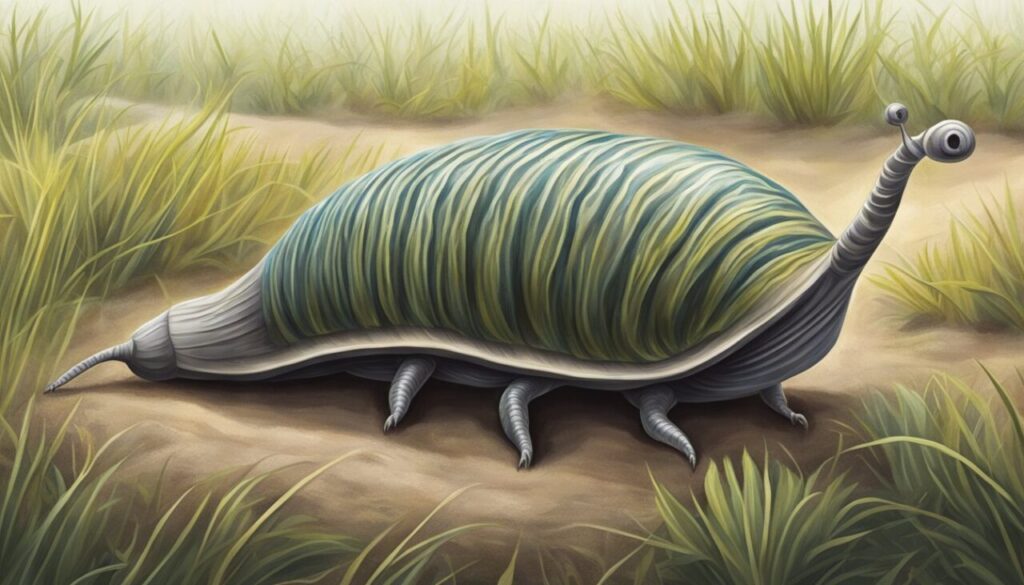
In conclusion, the human skeletal system plays a crucial role in providing support, protection, and mobility to the body. Without bones, humans would not be able to stand, walk, or perform any physical activities.
The body would be a soft, wobbly pile of skin, muscles, and internal organs, making it impossible to live a normal life.
Overall, in one sentence – without bones, humans would not be humans. We would be some kind of large slug-like creature that looks disgusting.
Imagine an ugly-looking hairless animal. Now multiply the ugliness.
That’s how humans would look like without bones.



























